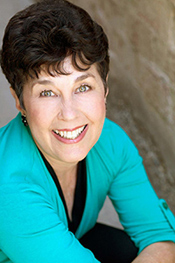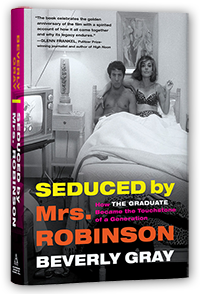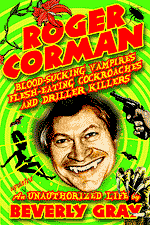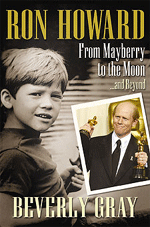As director Joe Dante once
told me about our mutual former boss, Roger Corman, “The thing about Roger is that you meet him on
your way up, and if you’re not lucky you meet him again on your way down.” Joe
was talking specifically about Peter Bogdanovich, who got his start with Roger,
then later revived his flagging career by co-writing and directing a 1979
Corman release, Saint Jack.
Though Joe’s comment referenced filmmakers, I think it applies to actors as well. At least, it’s true that name performers who were on a downward slide could often find a juicy role in a cheapie Corman flick. F. Murray Abraham, who had won an Best Actor Oscar for playing Salieri in 1984’s Amadeus, showed up—to my surprise—as the second lead in Corman’s 1995 gangster thriller, Dillinger and Capone. When we were casting something called Hellfire, a lurid period drama to be shot in Russia, I was astounded that the casting choices for the role of a powerful but fading beauty included an award-winning stage actress known for her serious roles and a once-charming ingenue who had starred in a popular Broadway musical. (Ultimately the role went to a former Corman regular, Beverly Garland, who dated back to his early days.) And for the leading man in a Vietnam War drama, we cast a once-popular TV actor whose career had been derailed by his alcoholism. I heard that in one key scene, he had to be barefoot, because his feet were so swollen from a recent binge that his military boots no longer fit.
Yes, Corman’s movies often featured stars whose careers had stalled. But he also, at least in the beginning, had a loyal stock company of aspiring thespians who would do just about any job and play just about any role. The group included Beverly Garland, Mel Welles, and a very young Jack Nicholson, who is still deeply grateful to Roger for giving him a start. But I have a special affection for Dick Miller, whom I came to know in my New World Pictures days. Dick, a pugnacious little guy who started out aiming to be a writer, played just about any role given to him: an Indian, an astronaut, a door-to-door vacuum cleaner salesman. His crowning performance was as a would-be sculptor who accidentally becomes a murderer (and a celebrity) in 1959’s A Bucket of Blood. Dick’s brilliant work as a nebbish who just wants recognition led to Roger wanting to cast him the following year as Seymour, the hapless flower shop assistant who nurtures a man-eating plant, in 1960’s The Little Shop of Horrors. But Dick, always stubborn, felt the part would be a repeat of his previous performance. That’s why he took the far smaller role of the petal-munching Burson Fouch, and Jonathan Haze finally got his big break.
When I wrote my Corman biography, I never formally interviewed Haze, and I didn’t meet him until years later. To be honest, I was intimidated by the thought of approaching the star of Little Shop of Horrors. The pathos in Jonathan’s performance was hilarious. But unlike Dick Miller, he never became a favorite of Corman alumni directors like Joe Dante and Martin Scorsese. And there was certainly no documentary made about his career. (Cf 2014’s That Guy, Dick Miller.) Yet Jonathan, much committed to physical fitness and a healthy lifestyle, outlived Roger and the rest of the gang. He died November 5, at age 95. Rest in peace, Jackie Haze!
Farewell, too, to Michael Villella, the blood-thirsty Driller-Killer in the original Corman Slumber Party Massacre.








I do remember meeting Jonathan Haze at a convention and he was super nice. Very friendly and said, "Here's my number if you ever want to put me in a film."
ReplyDeleteI love that anecdote! Thanks, Eric.
ReplyDelete